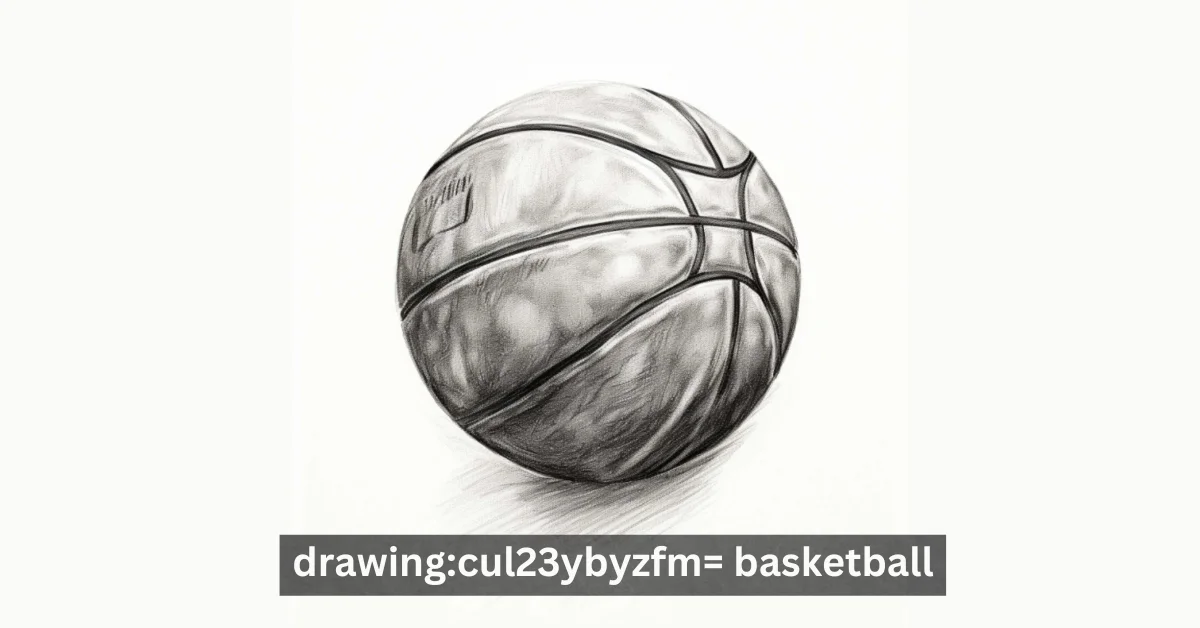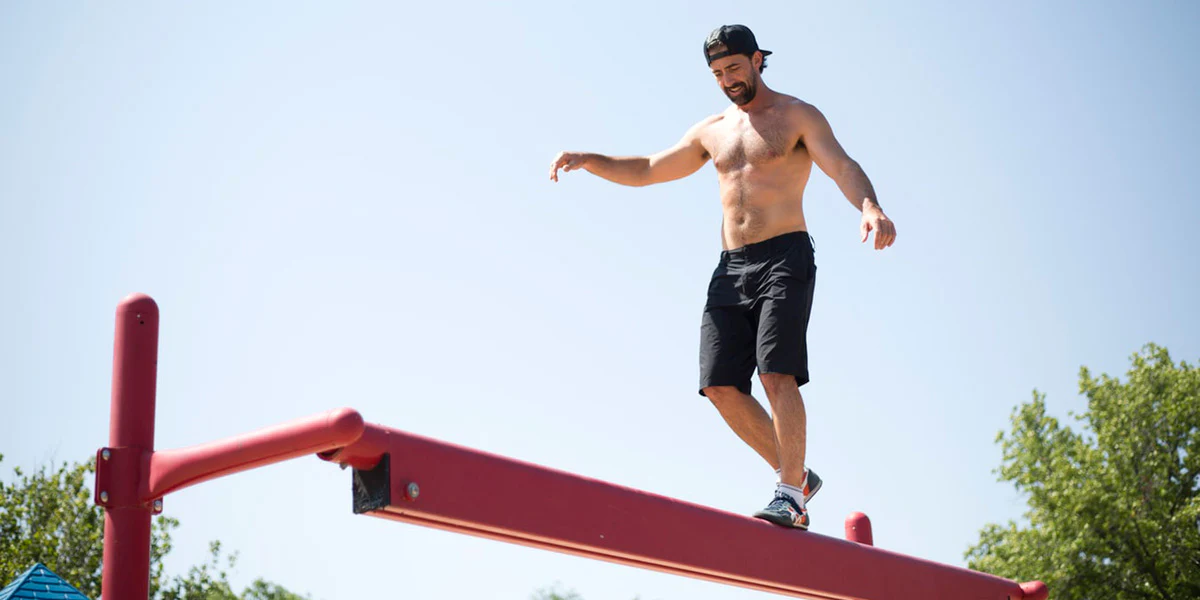
It’s a common idea that children need to play and be allowed to at appropriate times. However, not many people see how play can enhance qualities like creativity in children. For most people, play is a way for children to have fun and entertain themselves.
Aside from the expected benefits, it’s been proven that plays are crucial in equipping the little ones with cognitive and social skills. When kids play, they don’t only have fun and entertain themselves but also cultivate their creativity.
Here are some ways plays can make children more creative:
1. By Facilitating Understanding
Play improves creativity in children by facilitating understanding. For example, for children to use school playground equipment effectively, they must understand how they work. Understanding is a cognitive process that requires a child to pay attention to how others on the playground use the equipment and learn how to use it.
Through these activities, a child’s creativity improves. This is because they’ll have to use things correctly to enjoy the benefits and avoid injuring themselves and others.
2. By Improving Memory
Children become more creative when they can remember important information more easily. During play, children build relations between the different neurons in the brain. These connections help to improve their memory and allow their right and left brains to connect steadily easier.
When there are consistent new connections between the neurons in the brain, more pathways are developed, making children easily remember what they learn. They can improve creativity by using existing knowledge to solve new problems and learn new things.
3. By Encouraging Creative Expressions
During play, children do different things. Many of the things they do are not what they had thought of or are even used to. Many of the stunts come to them during play.
Nonetheless, they express themselves without holding back. A significant feature of creativity is self-expression. As children get to express themselves during play, they improve their creativity. As they think of ways to do things in unique ways, they exercise their creative abilities and improve them in the process.
4. By Improving Problem-Solving Skills
Children solve challenges while playing. From figuring out how to operate toys to fixing damaged play instruments, the play presents them with problems that improve creativity by seeking solutions.
The more children solve problems, the more they exercise their creativity. And the more they get creative, the more creative they become. Thus, challenges cultivate children’s creativity by engaging their minds to create solutions.
5. By Building Imagination
During play, children spread out the wings of their imagination. They stretch their imagination to create make-believe games or experience pretentious realities. It requires the ability to imagine one object as another.
For example, a pen can be imagined as an injection, and a stick imagined as a spoon. Engaging in this kind of play helps the children to exercise their imagination and, in turn, improve their creativity.
Furthermore, as they act out different roles, they cultivate their ability to improvise and do with available resources instead of the unavailable, which is a hallmark of creativity.
6. By Improving The Mind
Creativity is a cognitive function that involves the mind. Play cultivates children’s creativity by helping to develop that in a healthy sense. During unstructured play, children direct their play. They’re usually not bound by adults or stringent rules.
This kind of play develops the mind in positive ways. It strengthens the brain’s prefrontal cortex, a region that influences the way children learn and gain knowledge about their environment. The more they play, the more this region is strengthened. The stronger the mind, the more creative the child becomes.
7. By Enhancing Physical Fitness
Being creative doesn’t only require a healthy mind; it also requires a fit body. Children’s bodies are wired to be active. Hence, they need to be physically active by playing. Most children’s play requires them to move their bodies. Bodily movement is a great way to improve physical fitness. With healthy bodies, they can engage their mind more effectively in creative activities.
According to psychologists, there’s a connection between the mind and the body. When the body is weak, it’s most likely to affect the mind. Physical fitness, therefore, will help cultivate children’s creativity as they allow the mind to function creatively.
Conclusion
Whether at school or home, children should be allowed to play. Playing offers fun-filled opportunities for children to nurture their physical and mental health and fitness. With a healthy body and mind, children can cultivate improved creativity.











